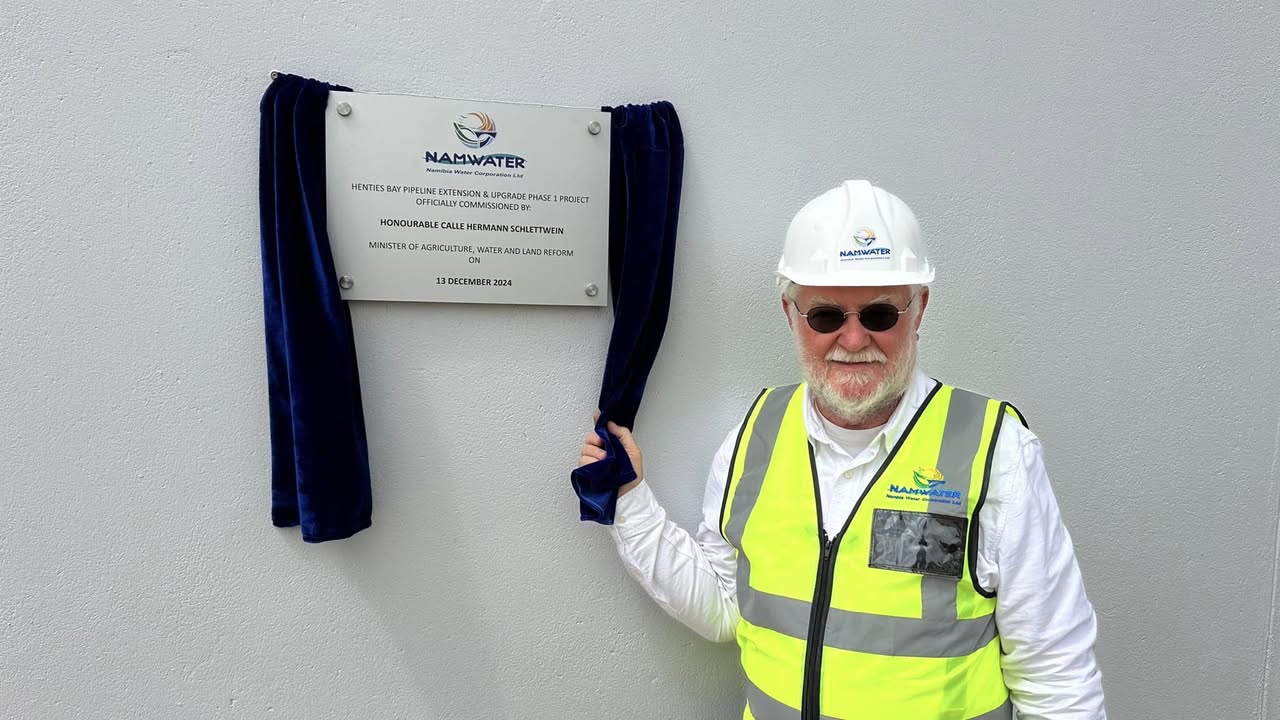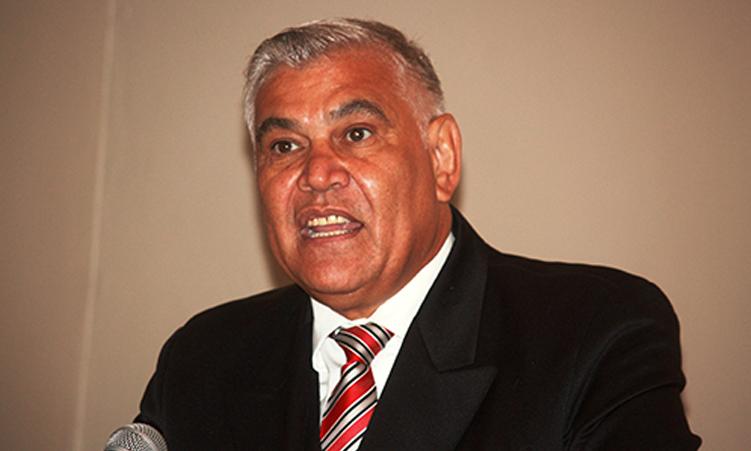CHICAGO – ‘Stayin’ Alive’ might be more true to its name than the Bee Gees ever could have guessed: At 103 beats per minute, the old disco song has almost the perfect rhythm to help jump-start a stopped heart.
And in a small but intriguing study from the University of Illinois medical school, doctors and students maintained close to the ideal number of chest compressions doing CPR while listening to the catchy, sung-in-falsetto tune from the 1977 movie ‘Saturday Night Fever’. The American Heart Association recommends 100 chest compressions per minute, far more than most people realise, study author Dr David Matlock of the school’s Peoria, Illinois, campus said on Thursday.And while CPR can triple cardiac arrest survival rates when properly performed, many people hesitate to do it because they’re not sure about keeping the proper rhythm, Matlock said.He found that ‘Stayin’ Alive’, which has a way of getting stuck in your head anyway, can help with that.His study involved 15 students and doctors and had two parts.First they did CPR on mannequins while listening to the song on iPods.They were asked to time chest compressions with the song’s beat.Five weeks later, they did the same drill without the music but were told to think of the song while doing compressions.The average number of compressions the first time was 109 per minute; the second time it was 113.That’s more than recommended, but Matlock said that when it comes to trying to revive a stopped heart, a few extra compressions per minute is better than too few.”It drove them and motivated them to keep up the rate, which is the most important thing,” he said.The study showed the song helped people who already know how to do CPR, and the results were promising enough to warrant larger, more definitive studies with real patients or untrained people, Matlock said.It turns out the American Heart Association has been using the song as a training tip for CPR instructors for about two years.They learned of it from a physician “who sort of hit upon this as a training tool,” said association spokesman Dr Vinay Nadkarni of the University of Pennsylvania.Nampa-APThe American Heart Association recommends 100 chest compressions per minute, far more than most people realise, study author Dr David Matlock of the school’s Peoria, Illinois, campus said on Thursday.And while CPR can triple cardiac arrest survival rates when properly performed, many people hesitate to do it because they’re not sure about keeping the proper rhythm, Matlock said.He found that ‘Stayin’ Alive’, which has a way of getting stuck in your head anyway, can help with that.His study involved 15 students and doctors and had two parts.First they did CPR on mannequins while listening to the song on iPods.They were asked to time chest compressions with the song’s beat.Five weeks later, they did the same drill without the music but were told to think of the song while doing compressions.The average number of compressions the first time was 109 per minute; the second time it was 113.That’s more than recommended, but Matlock said that when it comes to trying to revive a stopped heart, a few extra compressions per minute is better than too few.”It drove them and motivated them to keep up the rate, which is the most important thing,” he said.The study showed the song helped people who already know how to do CPR, and the results were promising enough to warrant larger, more definitive studies with real patients or untrained people, Matlock said.It turns out the American Heart Association has been using the song as a training tip for CPR instructors for about two years.They learned of it from a physician “who sort of hit upon this as a training tool,” said association spokesman Dr Vinay Nadkarni of the University of Pennsylvania.Nampa-AP
Stay informed with The Namibian – your source for credible journalism. Get in-depth reporting and opinions for
only N$85 a month. Invest in journalism, invest in democracy –
Subscribe Now!






